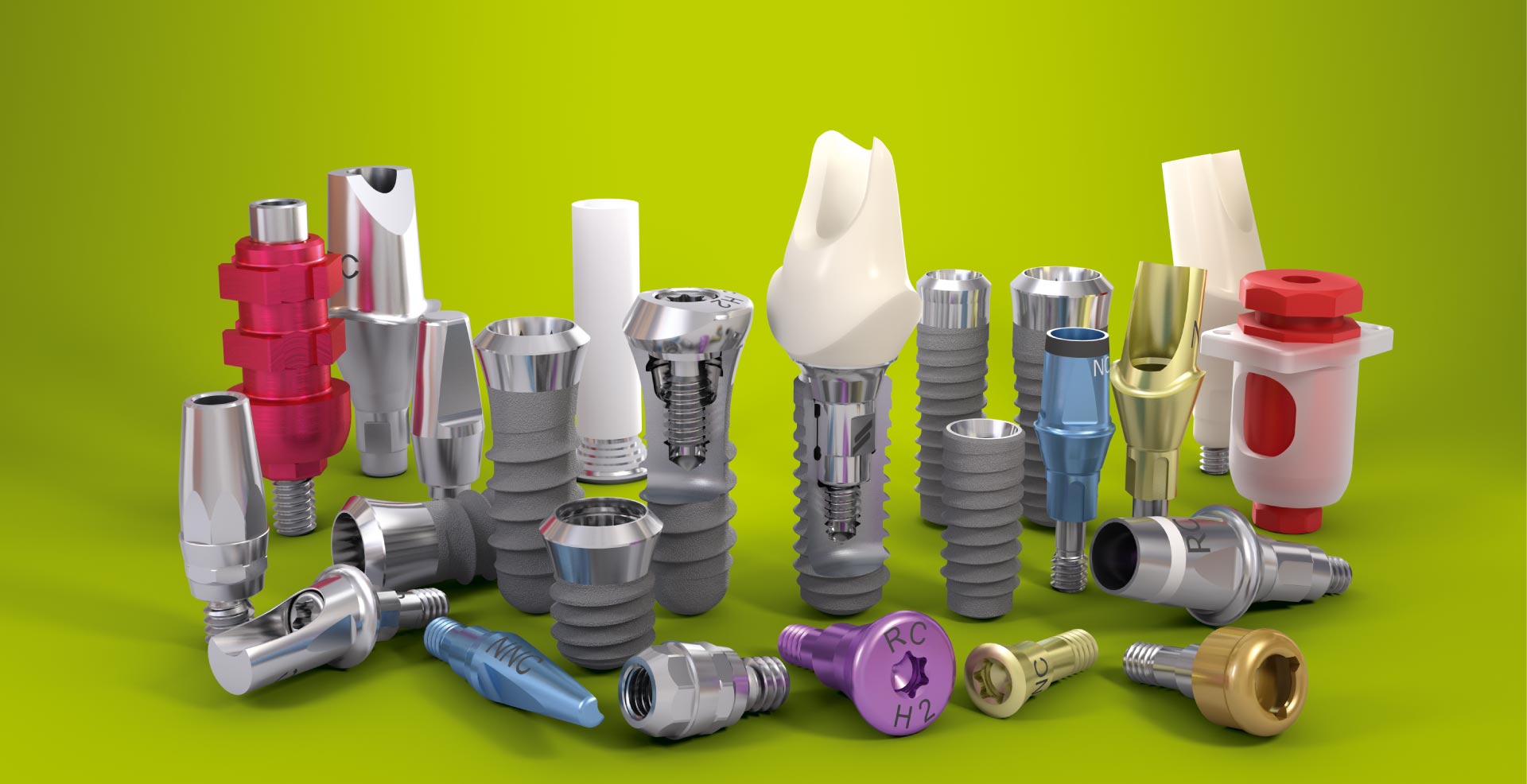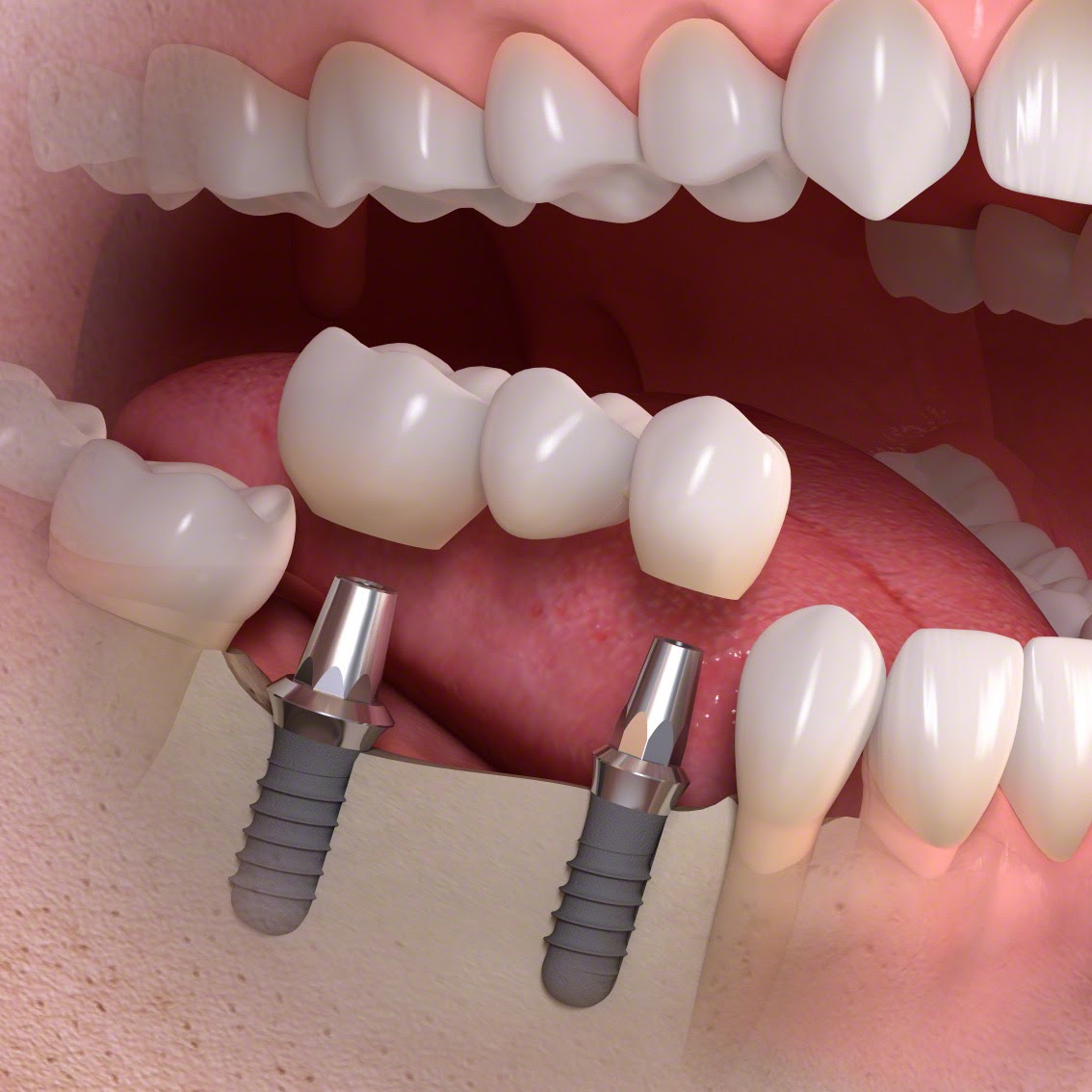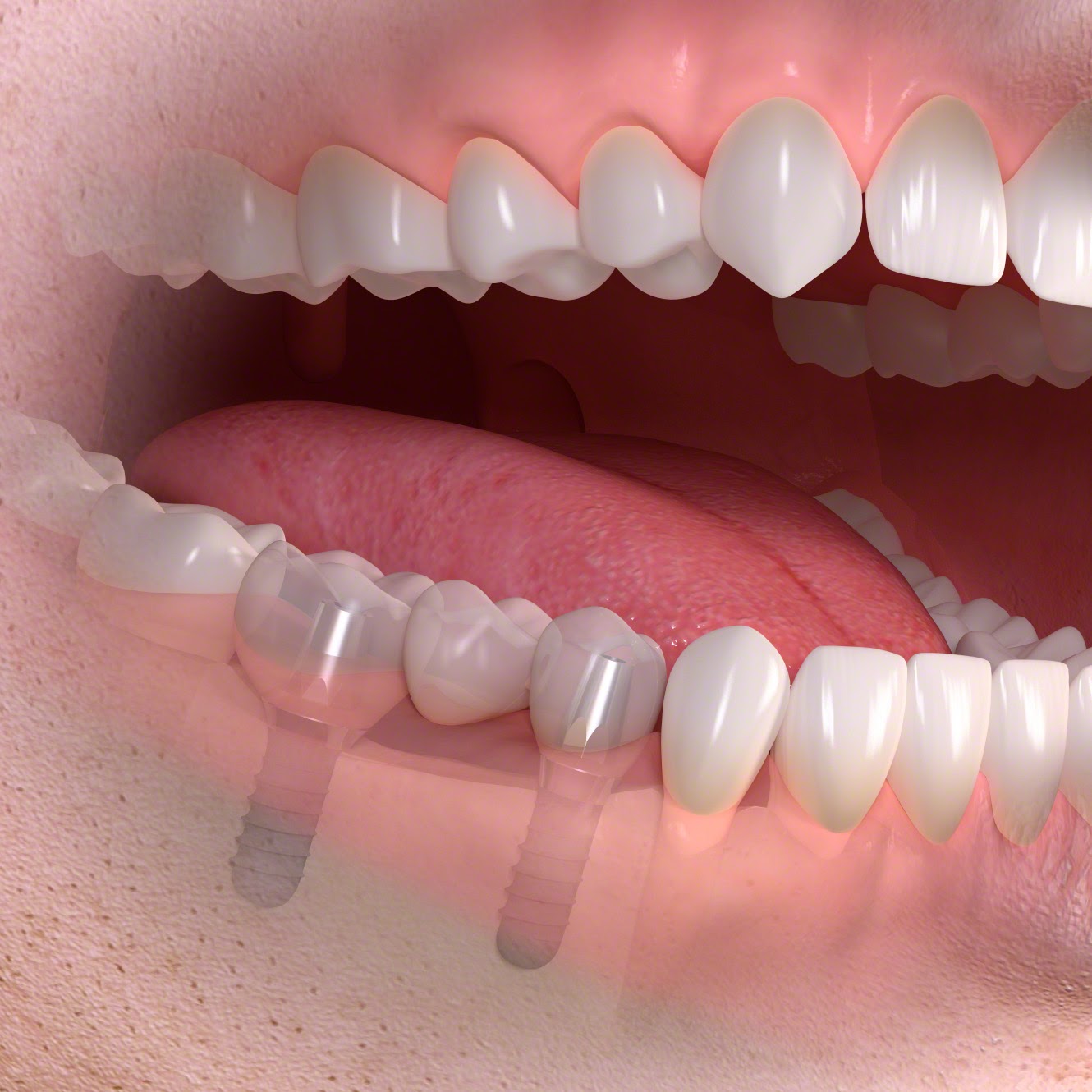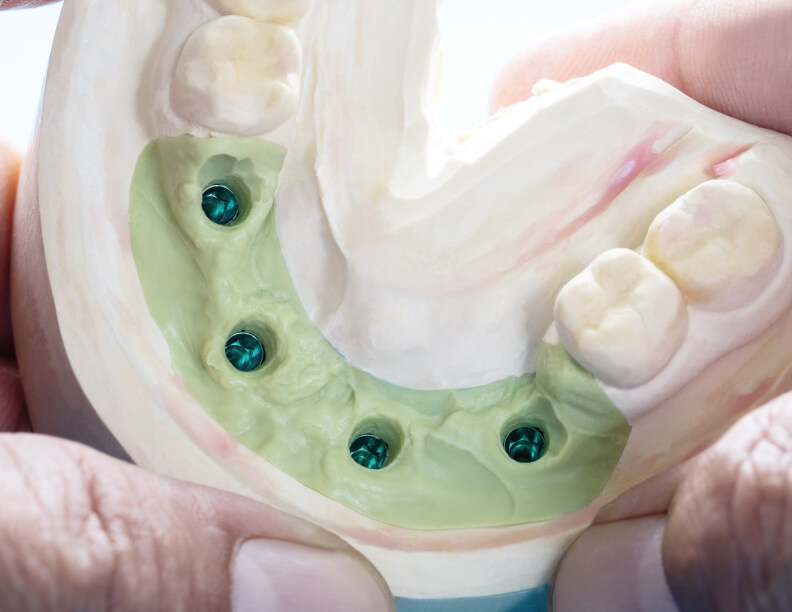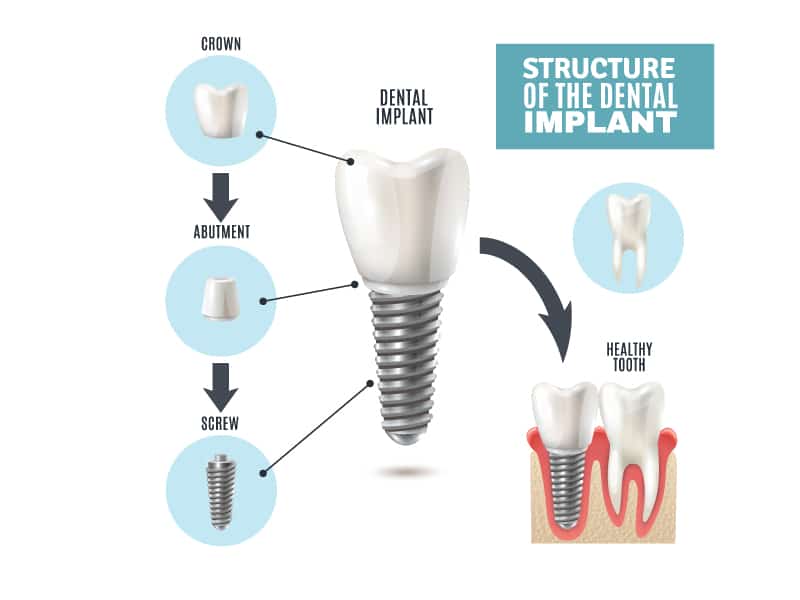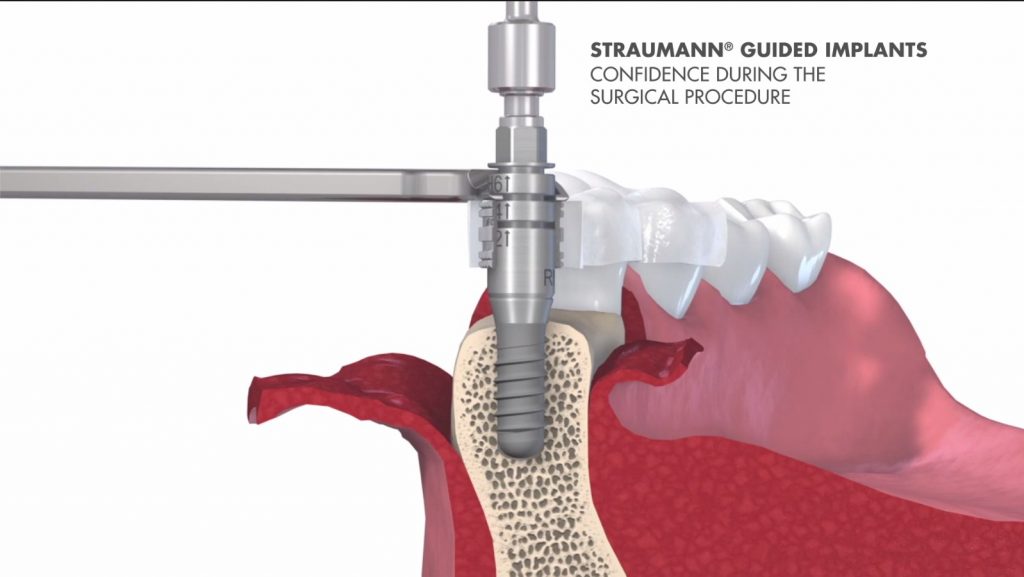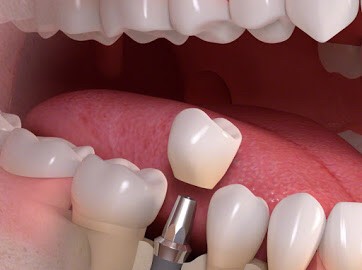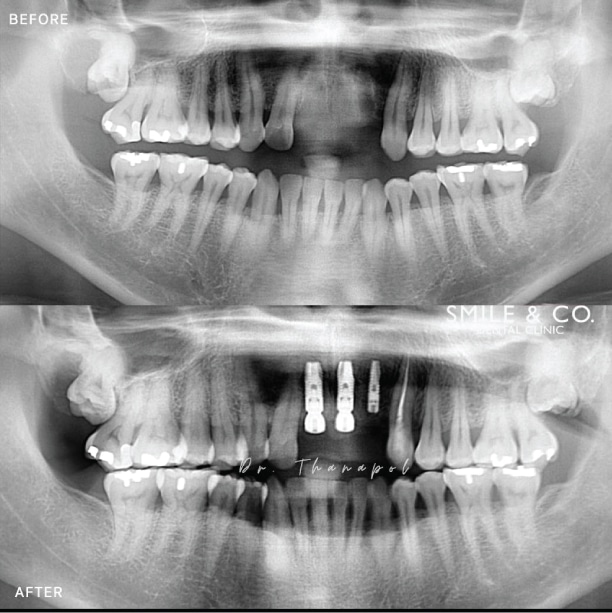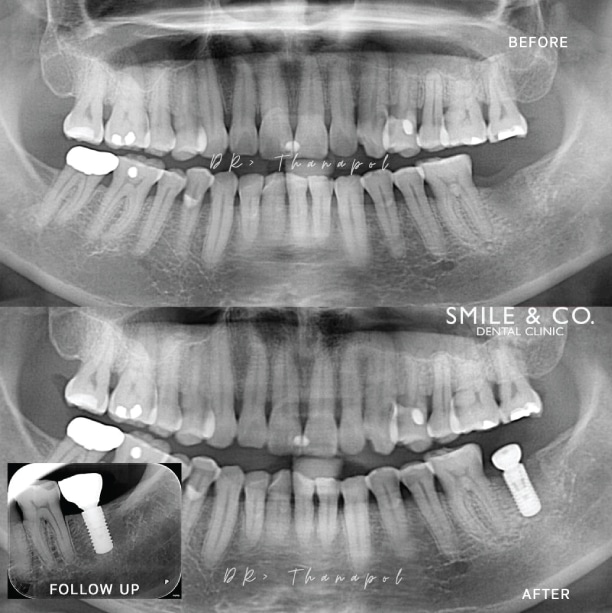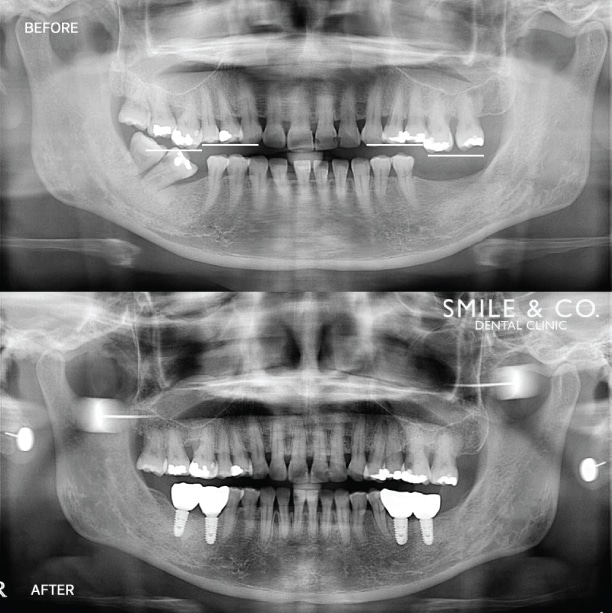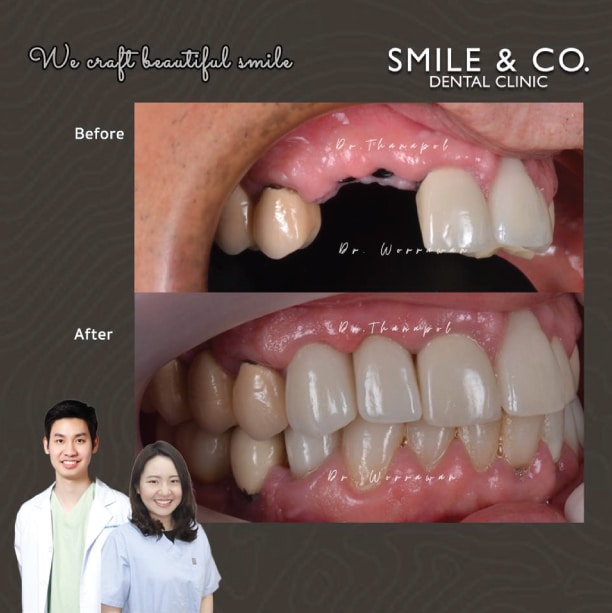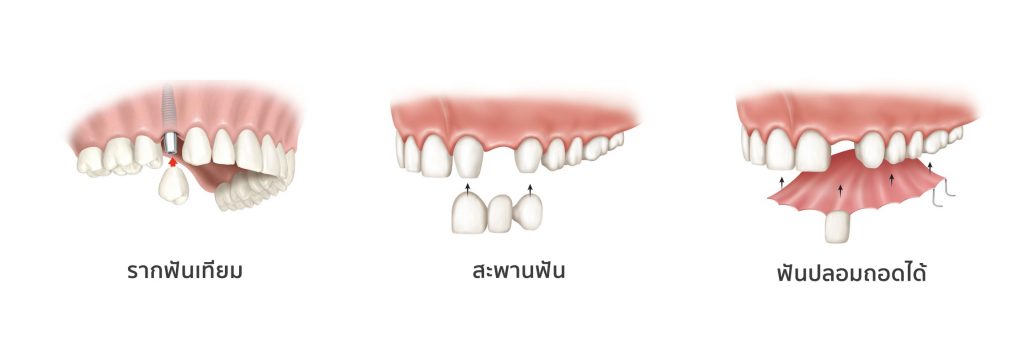Frequently Asked Questions (FAQs) About Dental Implants
1. What are dental implants?
Dental implants are biocompatible titanium or ceramic posts that are surgically placed into the jawbone to replace missing tooth roots. They serve as a stable foundation for crowns, bridges, or dentures, mimicking the function and appearance of natural teeth.
2. Am I a candidate for dental implants?
Most individuals in good general health with adequate jawbone volume and healthy gums are suitable candidates for dental implants. However, patients with certain systemic conditions, such as uncontrolled diabetes or those undergoing chemotherapy, may require further evaluation.
3. How long does the dental implant process take?
The overall treatment timeline varies by case but typically ranges from 3 to 6 months, including the healing phase known as osseointegration—where the implant integrates with the surrounding bone.
4. Is the procedure painful?
Most patients report minimal discomfort during and after the procedure. Local anesthesia or conscious sedation ensures a pain-free experience, and any post-operative discomfort is generally well-managed with prescribed analgesics.
5. How long do dental implants last?
With proper care and maintenance, dental implants can last 10–20 years or more. The crown or prosthetic attached to the implant may require replacement due to normal wear, but the implant fixture itself can remain functional for decades.
6. How do I care for my dental implants?
Implants require the same level of care as natural teeth—twice-daily brushing, flossing, and routine dental check-ups. Using specialized implant floss or interdental brushes may be recommended to ensure optimal hygiene around the implant site.
7. What are the risks or complications associated with implants?
Though rare, complications can include infection, implant failure due to poor osseointegration, nerve damage, or sinus issues (for upper implants). Thorough evaluation and precise surgical planning greatly minimize these risks.
8. Are dental implants better than dentures or bridges?
Dental implants offer superior stability, aesthetics, and functionality compared to traditional dentures or bridges. They help preserve bone mass and do not require the alteration of adjacent teeth, which is often necessary with bridges.
9. How much do dental implants cost?
The cost of dental implants varies based on the brand, the complexity of the case, and whether additional procedures like bone grafting are required. While implants may have a higher initial cost, their longevity and performance often make them a cost-effective solution over time.
10. Are dental implants covered by insurance?
Coverage varies depending on the insurance provider and plan. Some dental insurance plans may partially cover the implant crown but not the surgical component. Patients are advised to consult their insurance provider for detailed benefits
Reference Paper dental implant
- Wang, Hom-Lay; Boyapati, Lakshmi .“PASS” Principles for Predictable Bone Regeneration Implant Dentistry. 15(1):8-17, March 2006
- Misch, Carl E.; Perel, Morton L.; Wang, Hom-Lay . Implant Success, Survival, and Failure: The International Congress of Oral Implantologists (ICOI) Pisa Consensus Conference .Implant Dentistry. 17(1):5-15, March 2008
- Sheridan, Rachel A.; Decker, Ann M.; Plonka, Alexandra B.; Wang, Hom-Lay . The Role of Occlusion in Implant Therapy: A Comprehensive Updated Review . Implant Dentistry. 25(6):829-838, December 2016.
- Steigenga, Jennifer T.; Al-Shammari, Khalaf F.; Nociti, Francisco H.; Misch, Carl E.; Wang, Hom-Lay . Dental Implant Design and Its Relationship to Long-Term Implant Success . Implant Dentistry. 12(4):306-317, December 2003
- Manzano, Guillermo; Montero, Javier; Martín-Vallejo, Javier . Risk Factors in Early Implant Failure: A Meta-Analysis . Implant Dentistry. 25(2):272-280, April 2016
- Trakas, Theodoros; Michalakis, Konstantinos; Kang, Kiho . Attachment Systems for Implant Retained Overdentures: A Literature Review . Implant Dentistry. 15(1):24-34, March 2006.
- De Rouck T, Collys K, Cosyn J. Single-tooth replacement in the anterior maxilla by means of immediate implantation and provisionalization: A review. Int J Oral Maxillofac Implants 2008;23:897–904
- Buser D, Broggini N, Wieland M, et al. Enhanced bone apposition to a chemical-ly modied SLA titanium surface. J Dent Res 2004;83:529–533
- Gokcen-Rohlig B, Yaltirik M, Ozer S, Tuncer ED, Evlioglu G. Survival and success of ITI implants and prostheses: retrospective study of cases with 5-year follow-up. Eur J Dent 2009; 3: 42−49
- Zupnik J, Kim S-W, Ravens D, Karimbux N, Guze K. Factors associated with dental implant survival: a 4-year retrospective analysis. J Periodontol 2011; 82: 1390−1395
ทพ. ธนพล อริยะนันทกะ
ประสบการณ์ทางการแพทย์
- ทันตแพทยศาสตร์บัณฑิต (เกียรตินิยม) มหาวิทยาลัยมหิดล
- Higher Graduate Diploma of oral and maxillofacial surgery Mahidol University
- Residency training program of oral and maxillofacial surgery Mahidol University
- Thai board of oral and maxillofacial surgery
- Oral and maxillofacial surgeon at Phayathai2 hospital

 TH
TH
